If you have a strong opinion about a topic, knowing how to write an editorial essay can help you land more media visibility and readership.
Editorial writing is when a columnist, journalist, or citizen submits an opinion-based article to a media outlet. A good editorial will be measured and fair; it will make a clear argument with an end goal to persuade readers, raise awareness on a particular issue, or both. Editorials give people a chance to present a supporting or opposing view on a topical issue, and they’re usually formatted as first-person essays.
Opinion editorials (Op-eds) can be a great way to land a byline or full article with a media publication. It can let you assert a stance more powerfully than you would in a quotation or interview.
Key Takeaways
- Also known as an opinion piece, an editorial asserts an author’s position, and often tackles recent events.
- Newspapers have allocated space for editorials from readers for years. The opinion-editorial section is sometimes abbreviated as “op-ed.”
- Editorials are written in first person, from the perspective of the writer, but they should still lean on credible sources.
- Readers should also know how the writer or organization reconciles apparently conflicting positions. True editorial coverage is earned, not purchased.
In this article, we’ll touch on what an editorial piece actually is, along with examples of editorial structure to help you organize your thoughts as you're brainstorming ideas.
What is Editorial Writing?
Every strong editorial has, at its core, a thought-provoking statement or call to action. Editorial writers formulate viewpoints based on experience, supporting evidence, objective analysis, and/or opinion.
Editorials perform very well online. These days, readers don’t always want information alone. They also want interpretation or analysis, whether that be through a newspaper article, a thesis statement, a newsletter, or an opinionated news story. Editorials are powerful, but they are also often biased.
Here's an example of an editorial I wrote recently for Fortune Magazine. This section of Fortune is called Commentary, and it publishes one to two pieces a day from non-staff writers on a variety of business topics.
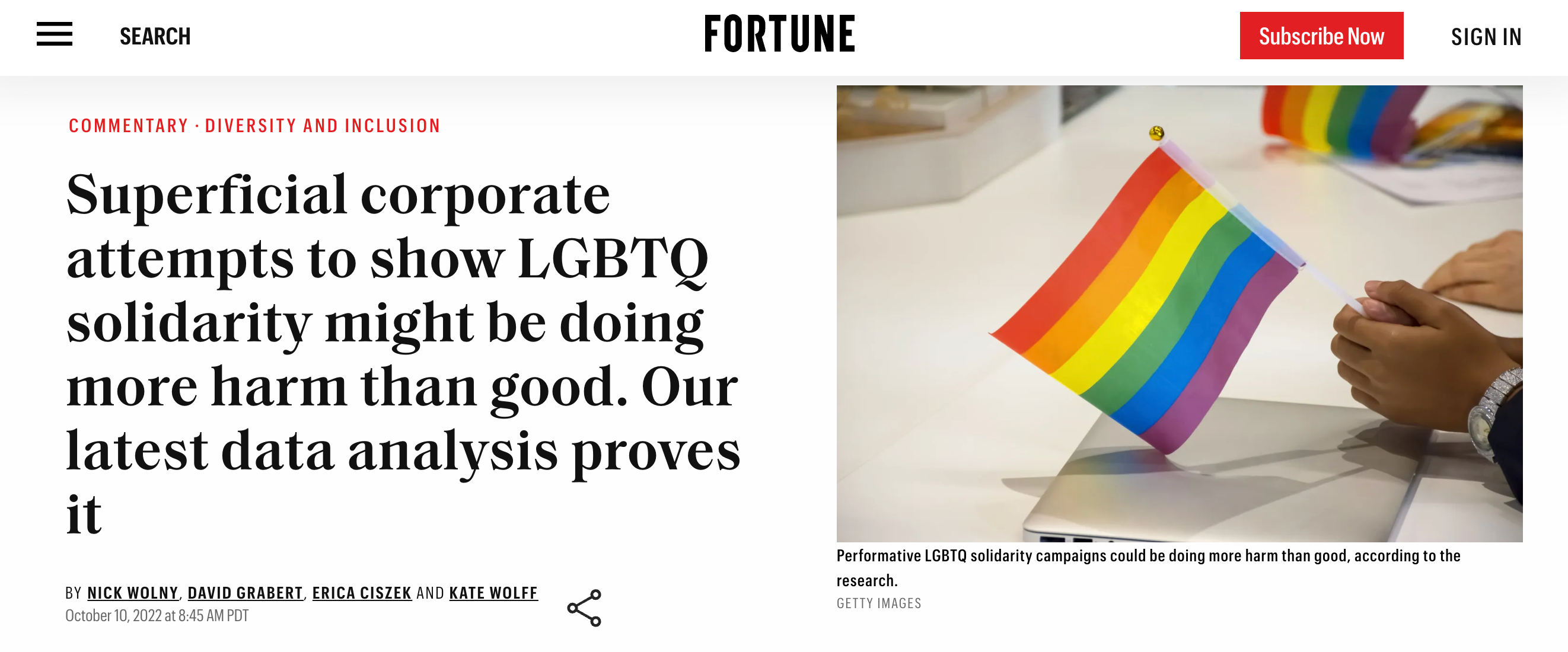
The specifics of this pitch are detailed in my “Pitching Publications 101” workshop.
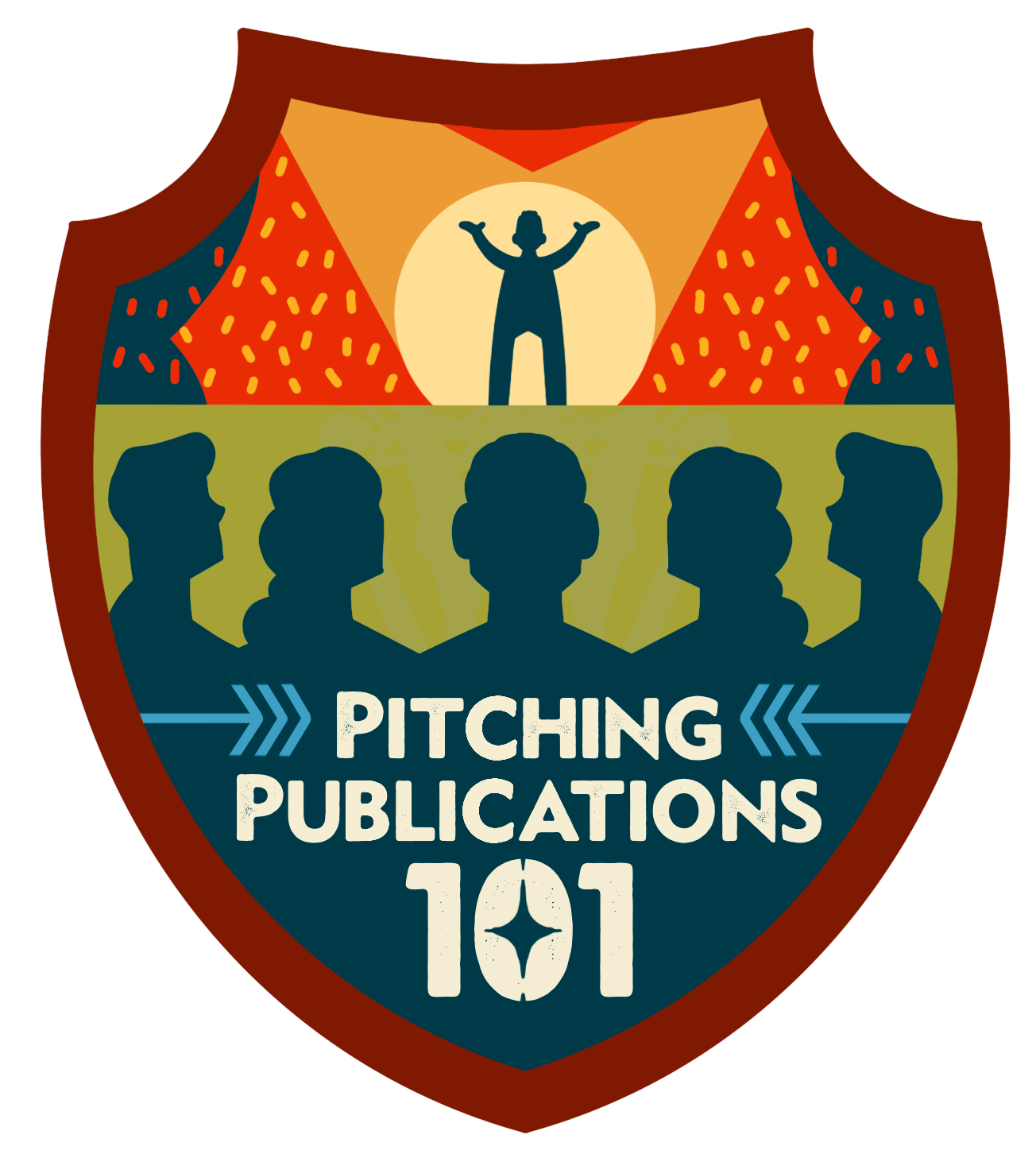
Limited-Time Offer: ‘Pitching Publications 101’ Workshop
Get the ‘Pitching Publications 101’ Workshop and two other resources as part of the Camp Wordsmith® Sneak Peek Bundle, a small-bite preview of my company's flagship publishing program. Offer expires one hour from reveal.
Many media outlets rotate in opinion columnists to offer unique perspectives on a regular basis. Here’s a screenshot from The Washington Post opinion page; the paper has over 80 opinion columnists, who write regularly about topics like policy, health, and climate change.
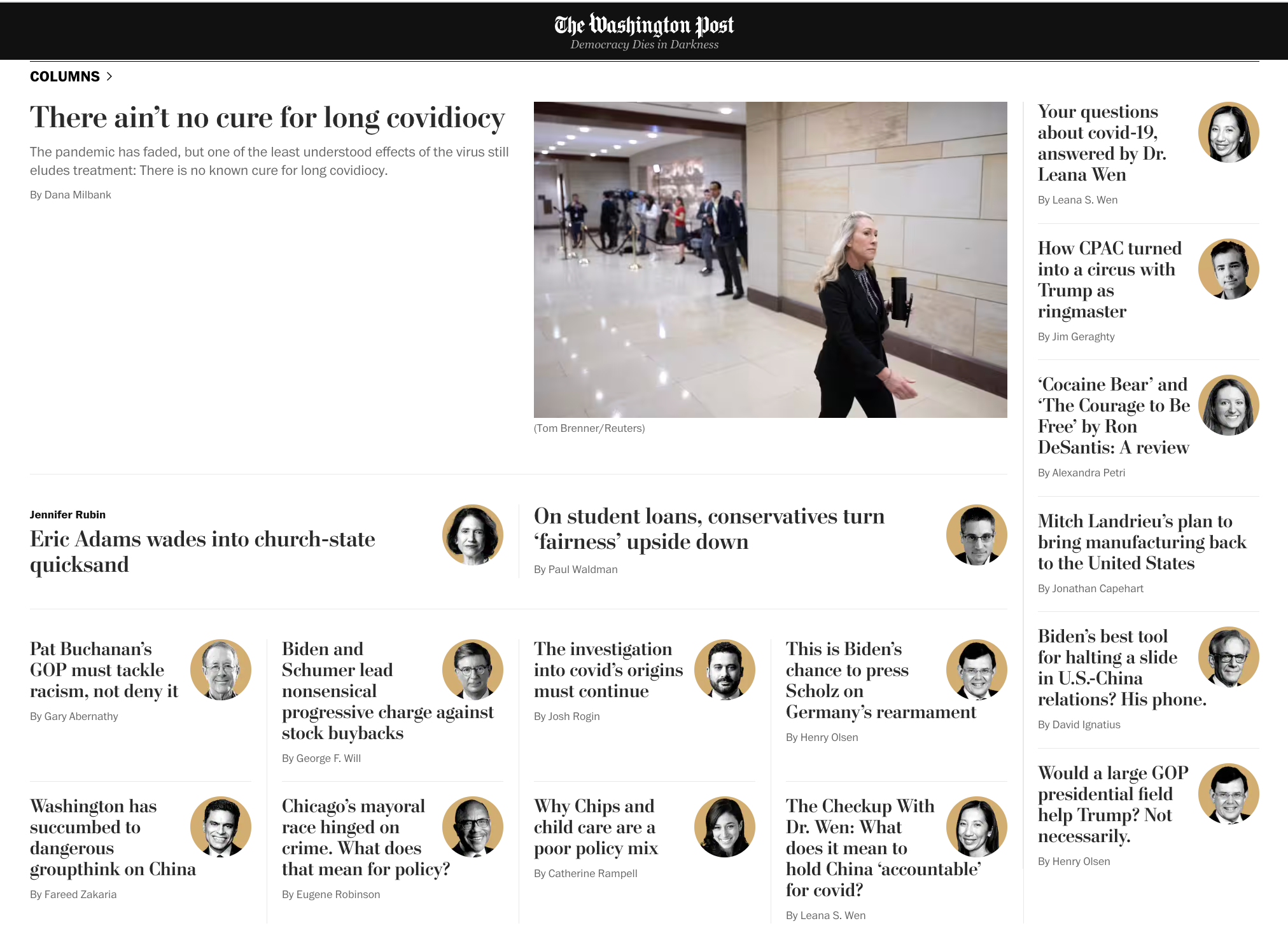
Large media publications usually have a separate section for opinion and commentary.
What Is an Editorial Board?
In contrast, you may have seen a newspaper or media publication release a statement from its editorial board. The editorial board consists of the publication’s editors, who together release a joint statement about a certain topic.
Examples of editorial topics include:
- An editorial board endorsing a local politician in a forthcoming election.
- Commentary on issues of local importance.
- Scientists announcing a newly published research paper that has mainstream relevance.
- Perspectives from citizens who come from various walks of life.
- Submitted opinion pieces in school newspapers or academic journals.
Good Examples of Published Editorials
The best way to get a feel for writing editorials is to see some effective editorial examples in action.
The Los Angeles Times and 70+ other newspapers condemned the actions of Scott Adams, the illustrator behind Dilbert cartoons. Since the cartoons were scheduled to run in the paper for a few more weeks, the editorial board released a statement updating readers on their decision to pull the cartoon, along with what next steps would be taken.
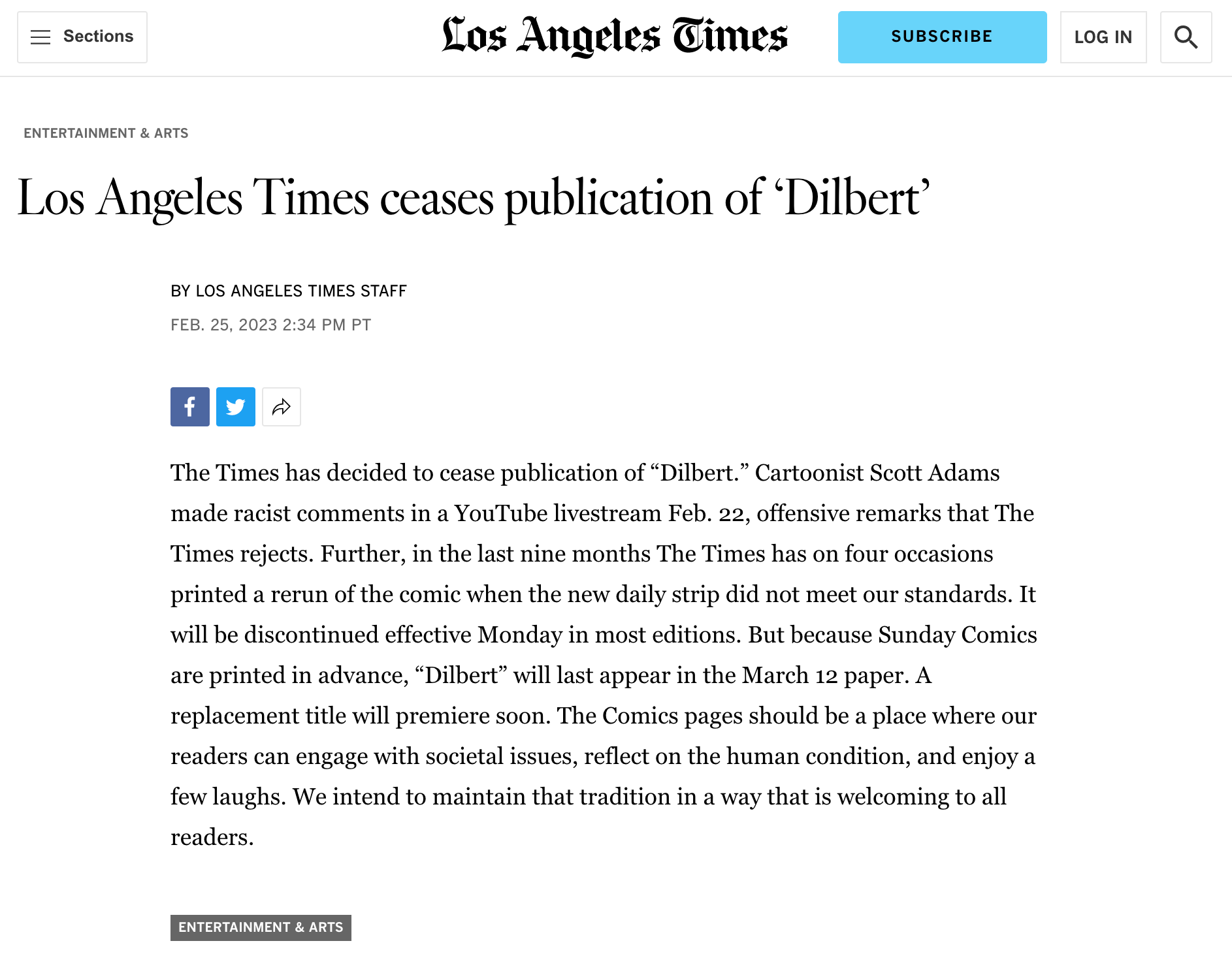
Many editorials are written by celebrities or public figures as a way to create awareness or touch on a controversial subject. Chrissy Teigen published an editorial on Medium about her miscarriage. Medium is an open-source publishing platform that many personalities use to make independent op-ed statements publicly.
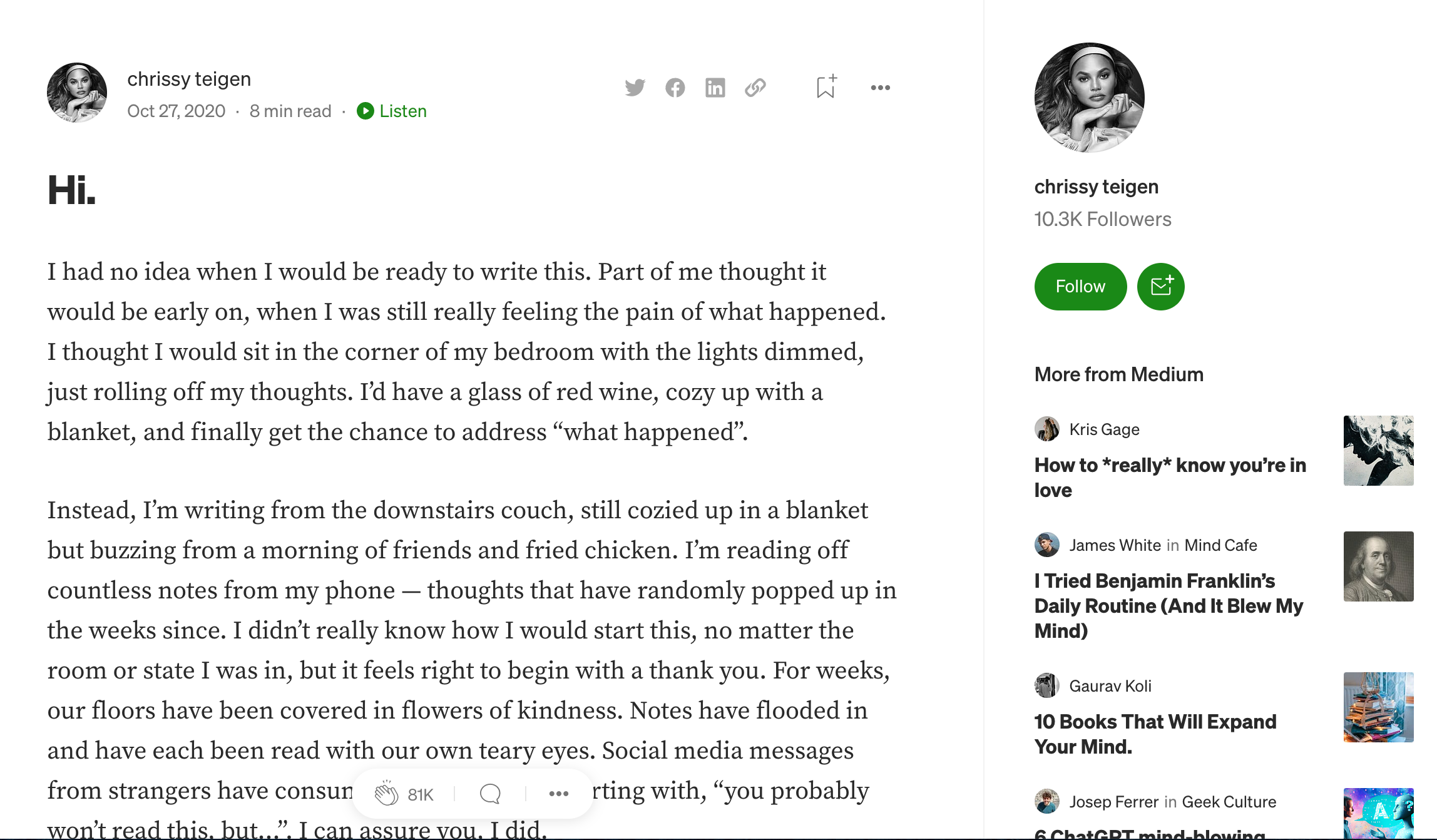
A peer of mine, Zach McKenzie, wrote an editorial on the lack of sober queer spaces in Houston, America’s fourth-largest city. He pitched it to the Houston Chronicle, and an editor accepted and published his opinion piece.
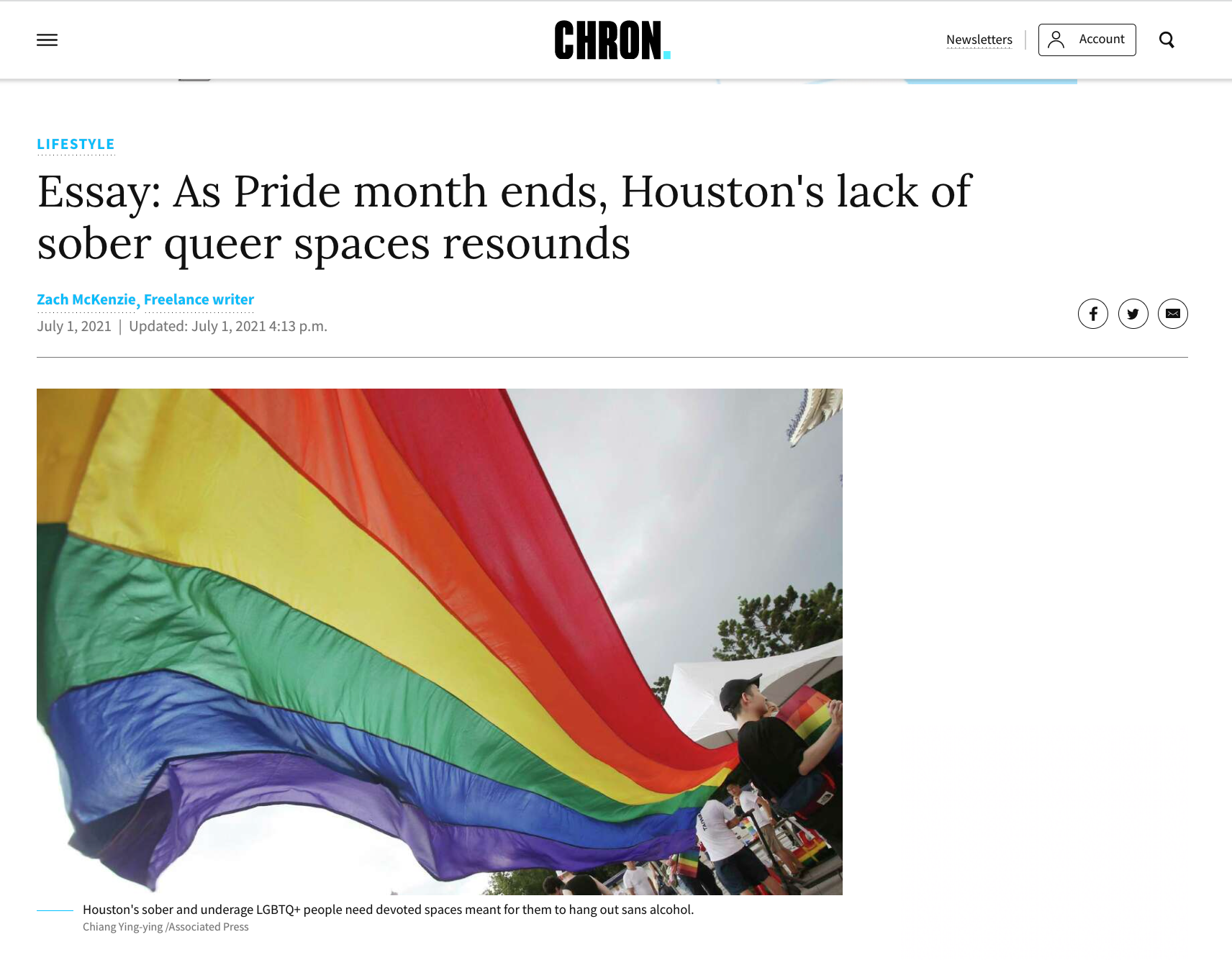
He later became a freelance writer for the paper. Since you'll often work with an editor on your editorial, this could open doors for freelance opportunities.
Editorials can also refute other editorials. These are sometimes formatted as letters to the editor instead. In 2011, Martin Lindstrom published an op-ed with The New York Times entitled “You Love Your iPhone. Literally”, which asserted that neuroimaging showed we feel human love for our smartphones. A response letter signed by a total of 45 neuroscientists was sent to the Times condemning the op-ed as scientifically inaccurate.
Types of Editorials
Editorials typically fall into one of four categories: explanation, criticism, persuasive essay, or praise.
No. 1: Explanation or Interpretation
Not all editorials have to be about controversial topics. Editorials written by a board or an organization might simply summarize main points of new research or a recent decision.
No. 2: Criticism
Criticism is by far the most popular type of editorial, because, well, we love the drama! 🍿
Opinion editorial usually disagrees with the status quo on a given topic, but does so in a well-researched way. An opinion editor will do more than simply fix grammatical errors; they often guide the contributor through the writing process and reinforce good editorial style.
No. 3: Persuasive Essay
Technically, an editorial can also simply be a persuasive essay, written in first person. As long as the main point has a good chance at catching a reader’s attention, editors will be interested in the piece.
No. 4: Praise
Sometimes, an opinion piece actually agrees with the status quo or current news angle, although these pieces are less common.
How to Write an Editorial in 6 Steps
- Pick a topic that has mainstream appeal.
- Lead with a summary of your opinion.
- State the facts.
- Summarize the opposition’s position.
- Refute the opposition.
- Offer readers a solution or reframe.
Step 1: Pick a Topic That Has Mainstream Appeal
If you want your essay to be published in a news outlet, it has to be, well, news!
Connect your thesis statement to a current event. Your topic should be one that the majority of the public can understand or relate with. Remember: Business is niche, media is broad. Make it mainstream.
Step 2: Lead With a Summary of Your Opinion
Editorial format usually opens with a summary of your thesis statement and/or new ideas in the first paragraph. In journalism, this section is known as the lede—part of the “inverted pyramid” writing process—and it’s the most important section of your article.
Remember, if readers can’t get oriented and understand your own opinion within the first few sentences, they’ll leave.
Related: How to Write a News Lead
Step 3: State the Facts
One detail any writers miss regarding how to write an editorial is giving sufficient background information. In some ways, you have to operate like a journalist when you begin writing editorials. Collect facts and outline the main points for your reader so they grasp the issue at hand.
Step 4: Summarize the Opposition’s Position
Good editorial presents both sides of the story. Even though this is an opinion-based essay, you want your editorial format to acknowledge common counter arguments.
Step 5: Refute the Opposition
This is the fun part! Use logic and evidence in your writing to reinforce your point. When you cite sources and statistics, your writing will pack more punch.
Step 6: Offer Readers a Solution or Reframe
Lastly, go into a clear conclusion and possible solutions. Don’t just dump an opinion on your reader and then leave them with nothing to do or consider. You’ve persuaded us with a hard-hitting editorial on a topic you feel strongly about—now ask us to do something!
Frequently Asked Questions
What Makes a Good Editorial?
A good editorial will assert a clear and compelling point. The editorial should cite reputable sources in order to form its point, and should address why the opposing viewpoint is misguided.
What Is the Purpose of an Editorial?
An editorial provides contrast to day-to-day journalism with perspectives and commentary on recent events. Editorials are not objective; they are subjective and opinionated by design.
What Are Examples of Editorial Content?
An editorial could be a column in a magazine or newspaper, a public statement, a newsletter, or even a blog post. A letter to the editor is usually not considered an editorial.
Write Your First (or Next) Editorial This Year
You don’t have to be a journalist to pitch and write editorials, but you do have to have a point of view that will capture a reader’s attention. Study the writing process of editorials and you’ll have a better shot at getting your opinions published. ⬥


